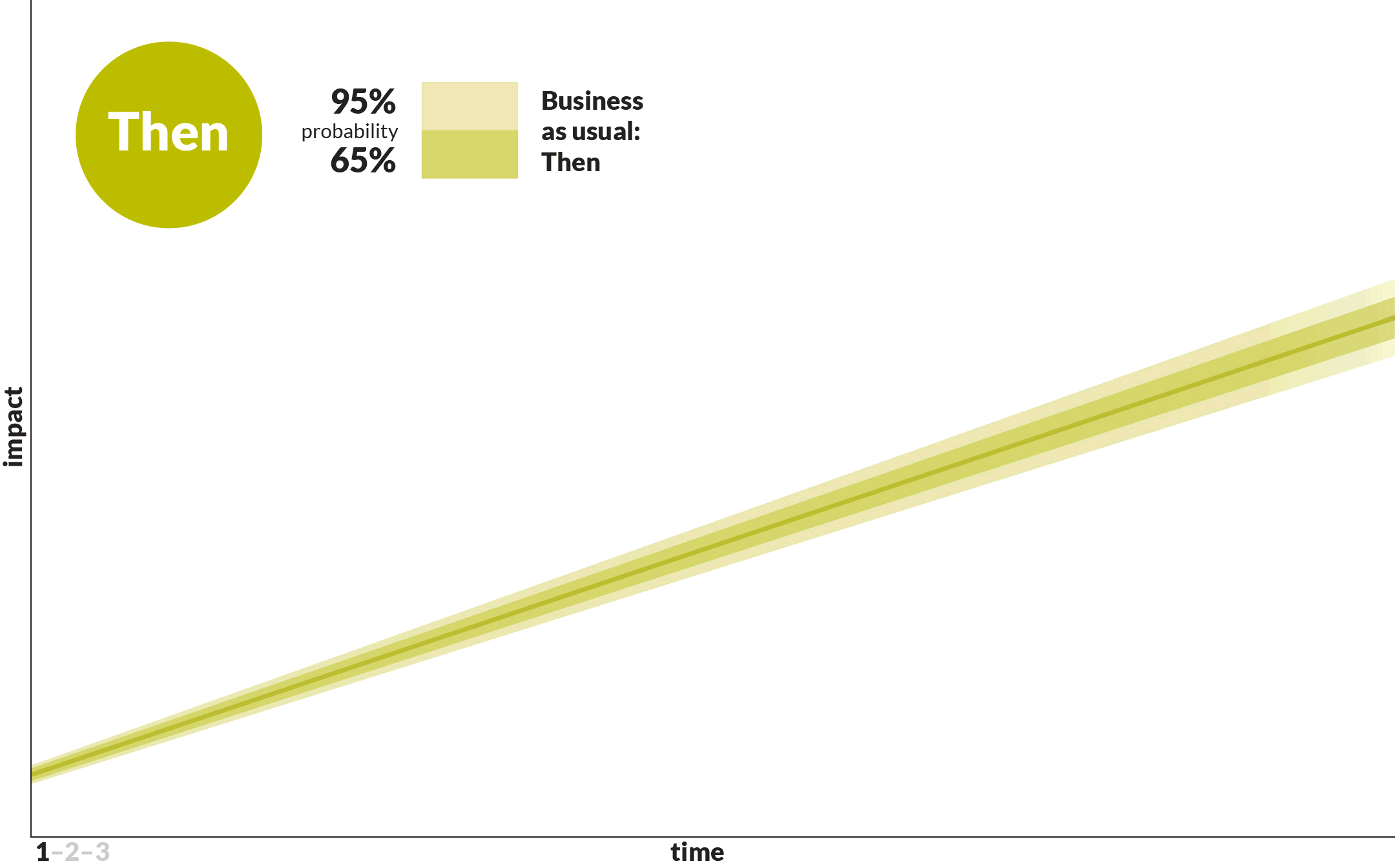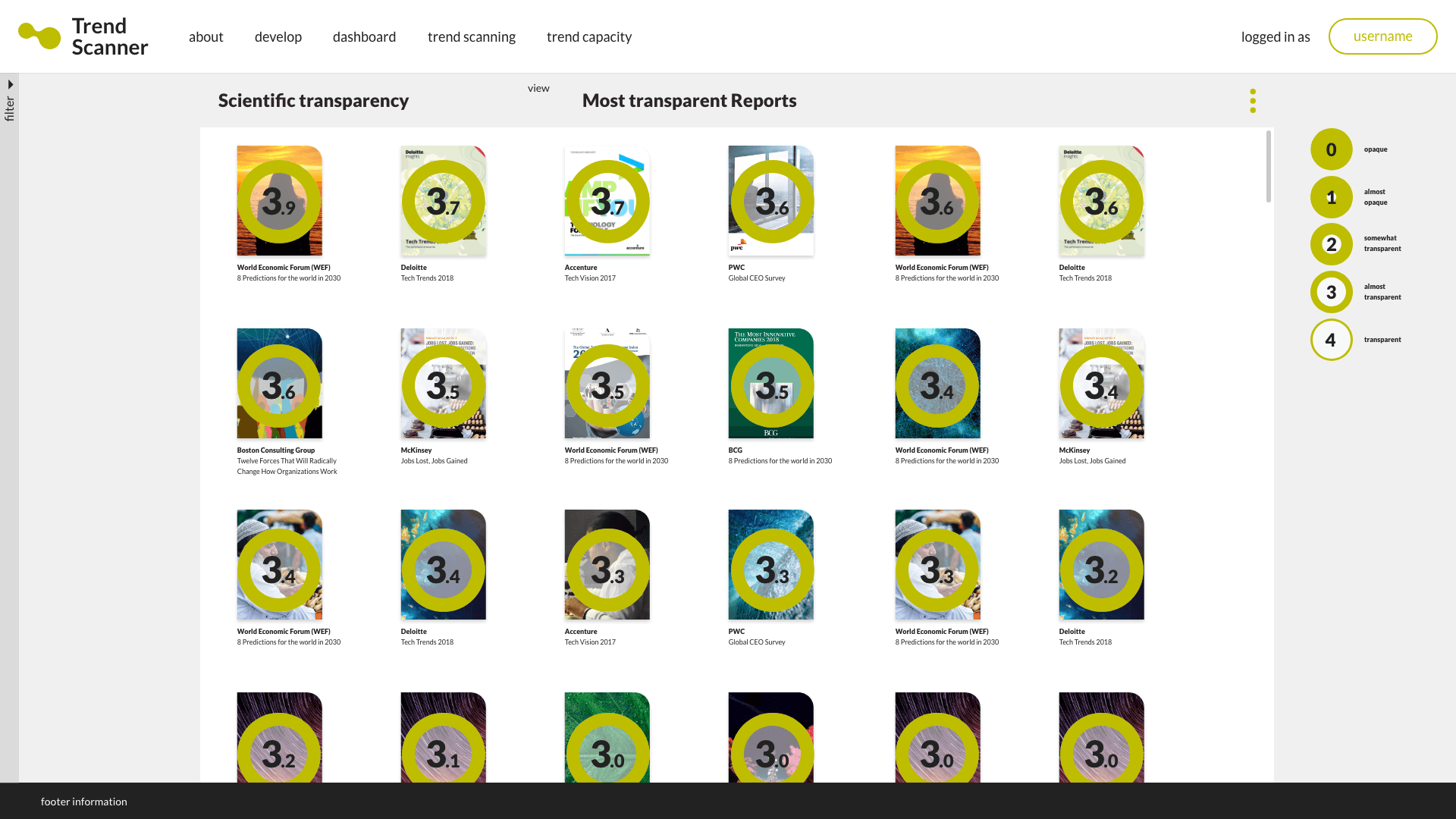Aim of this platform
- Provide an opportunity to understand key disruptive trends through a global sustainability, SDG, lens
- Create a web-platform where different trends and trend assessments can be compared, their relations explored, and the original sources accessed
- Make it easier to identify trends with low probability high-impact characteristics
- Allow companies and other stakeholders to turn trend assessments into drivers for sustainable innovation
An urgent need to guide innovation and strategic decisions, so disruptive trends can deliver sustainable solutions
Rapid changes in society, driven by multiple mega trends such as global sustainability challenges, exponential technological development, new business models, shifting values etc. require organisations to operate in an increasingly complex world. Trend assessments are increasingly relevant and important in helping organisations navigate this complexity.
During the 20th Century, trend assessments with disruptive aspects were often viewed as fascinating but largely irrelevant for strategic decisions. This was due to the fact that organisations generally experienced only incremental changes. Over decades of minor disruptions, organisations and their strategies were perfected for incremental change. So they were unprepared for today’s disruptive environment, where multiple disruptive trends are converging in ways that fundamentally change the basic assumptions underlying organisations and their core strategies.


From the incremental to the disruptive
The capacity to address disruptive trends can now be a matter of survival, economically and politically. There is a need to look beyond incremental changes to business as usual (BaU) scenarios and also include scenarios that might have much lower probability, but with significant impacts.
Individual disruptive trends can be difficult enough to address, but increasingly it is not enough to address individual trends. Multiple disruptive trends are currently merging into powerful forces – that can be described as attractors in complex systems – with the power to generate rapid and significant shifts. Rapid and significant shifts are needed to deliver global sustainability.
Finding relevant trend information
While the need for serious trend assessments has increased, the supply seems to move in the opposite direction. Our current (social) media landscape is filled with simplified and polarising views, dramatic headlines, and algorithms with information that simply provokes internet traffic rather than encourages dialogue and the spread of science-based information. A study does not have to follow the most rigorous scientific standards to be valuable; but it is important to know how the information was gathered. Transparency regarding the methodology tends to go a long way, e.g. what methodology was used to collect the data and why? When it comes to the outcome, it is important to know if there are probabilities and uncertainties provided, if there are any falsification criteria, etc. With such information about trend assessments it is easier to appreciate how the data can be understood and incorporated in strategic decisions.
Innovative tools can provide tailor-made guidance based on complex information
Disruptive trends are complex and different time-horizons, mixed impacts, undisclosed probabilities, and unstructured uncertainties, makes it difficult for many users to know how to use many of the trend assessments. The fact that different trend studies use very different methodologies and terminologies only makes things more challenging as it is difficult to compare trend assessments. However, new ways to collect, process and present data allow for meta trend assessments that use multiple trend studies to see how they related to different issues. Welcome to this platform, an attempt to explore how disruptive trends can be used to deliver on the Agenda 2030 and the 17 Sustainable Development Goals (SDGs).


